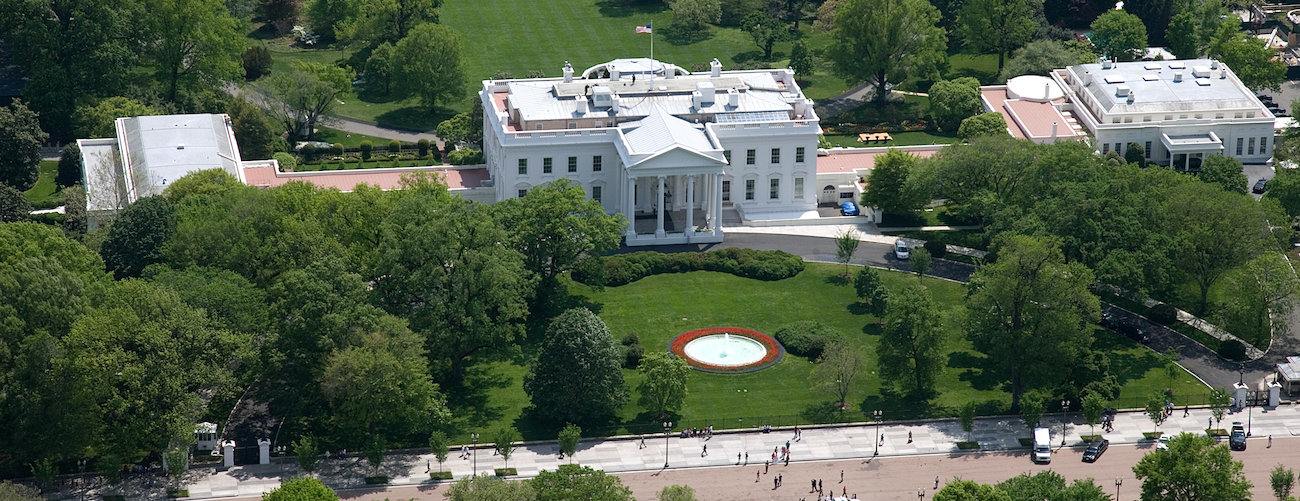Sign up for The Media Today, CJR’s daily newsletter.
Relations between the White House press corps and the president are almost always adversarial, but in President-Elect Donald Trump, we have something new. Based on the campaign and the transition, the press is highly adversarial to Trump and he is happy to return the favor.
As two former White House spokesmen for two very different presidents, we sat in the same West Wing office that is equidistant from the Oval Office and the briefing room where the White House press corps gathers daily. Our job entailed working for and representing the President, while being accountable, and even helpful, to the press. Despite the rancor that exists today between the media and Trump, we believe there are ways to make their relationship beneficial to the public they both serve.
So, what to do differently? First, we recommend that President-elect Trump keep the press briefing, but no longer make it a live televised event. The briefing today has become an occasion for too much posturing on both sides of the camera. The president’s spokesman should and must be available for questioning, especially on those days when the president’s schedule does not include a public appearance.
But a simple change could make a difference. If the briefing is “embargoed” until its conclusion, it will become just one of several raw ingredients that journalists can use to prepare their reports on the work of the president and the White House. It would instantly become a toned-down briefing, and reporters would use the information from the briefing and test it against other sources as they prepare coverage. It would not be a “news event” in and of itself. An exception could be made by the White House if there is a major compelling event that demands live coverage, but the emphasis of the briefing should be on gathering and delivering real content. Too much of the briefing today is a game of “gotcha” and “what did the president do wrong?” A better model would focus on facts and substance.
As for the briefing room itself, it’s time to open it up to other reporters. While some 750 reporters are credentialed to cover the White House, there are only 49 seats in the briefing room, almost all assigned to the legacy mainstream media that dominated coverage in the 1990s. It’s time to democratize the room and let others in.
We think the current White House press corps has a role to play, but not an exclusive one. We recommend a revolving group of reporters be assigned to those seats. For instance, on Mondays, it could be the current White House press corps. On Tuesdays, it could be the business press, including online media. On Wednesdays, it could be foreign journalists. On Thursdays, the seats would go to liberal and conservative dot-com outlets. We like the idea of Think Progress and Breitbart sitting next to each other. On Fridays, attendees could be Washington-based reporters from newspapers and websites around the country. But a daily briefing should be a mainstay.
We also recommend against the use of anonymous “background” sources in the White House. Government officials often meet with the press to share valuable information, but they do so under ground rules that prevent their identification, even though everyone on the premises is in on the secret. The American people should know who is speaking for the administration and hold sources accountable for the information they share. Yes, on occasion a briefer needs some “cover,” especially when briefing on sensitive diplomatic conversations. But that should be the exception, not the rule. The press should stop acquiescing every time an administration official says something is on background.
Last, we would encourage a more formal dialogue with the White House Correspondents Association (WHCA), which represents the collective interests of those credentialed to cover the president. The president can handle press relations however he wants, but we know it’s wiser to make changes by working with the correspondents’ association than by fiat. Four years in close quarter combat is a long time. Sometimes, rough edges on both sides can be rounded out by working together to resolve disputes. The aim should be to cultivate relationships of trust that can make this complicated arrangement work.
In a new era of pre-dawn tweets by the chief executive and myriad changes in media technology, we recognize that many of the traditions of presidential communications may change. But there is something enduring about a commitment to the public’s right to know and the obligation of the White House to tell. We believe both sides of this adversarial relationship can adjust, return to strategies that work, and create new methods of communication that will serve the public interest.
Has America ever needed a media defender more than now? Help us by joining CJR today.



